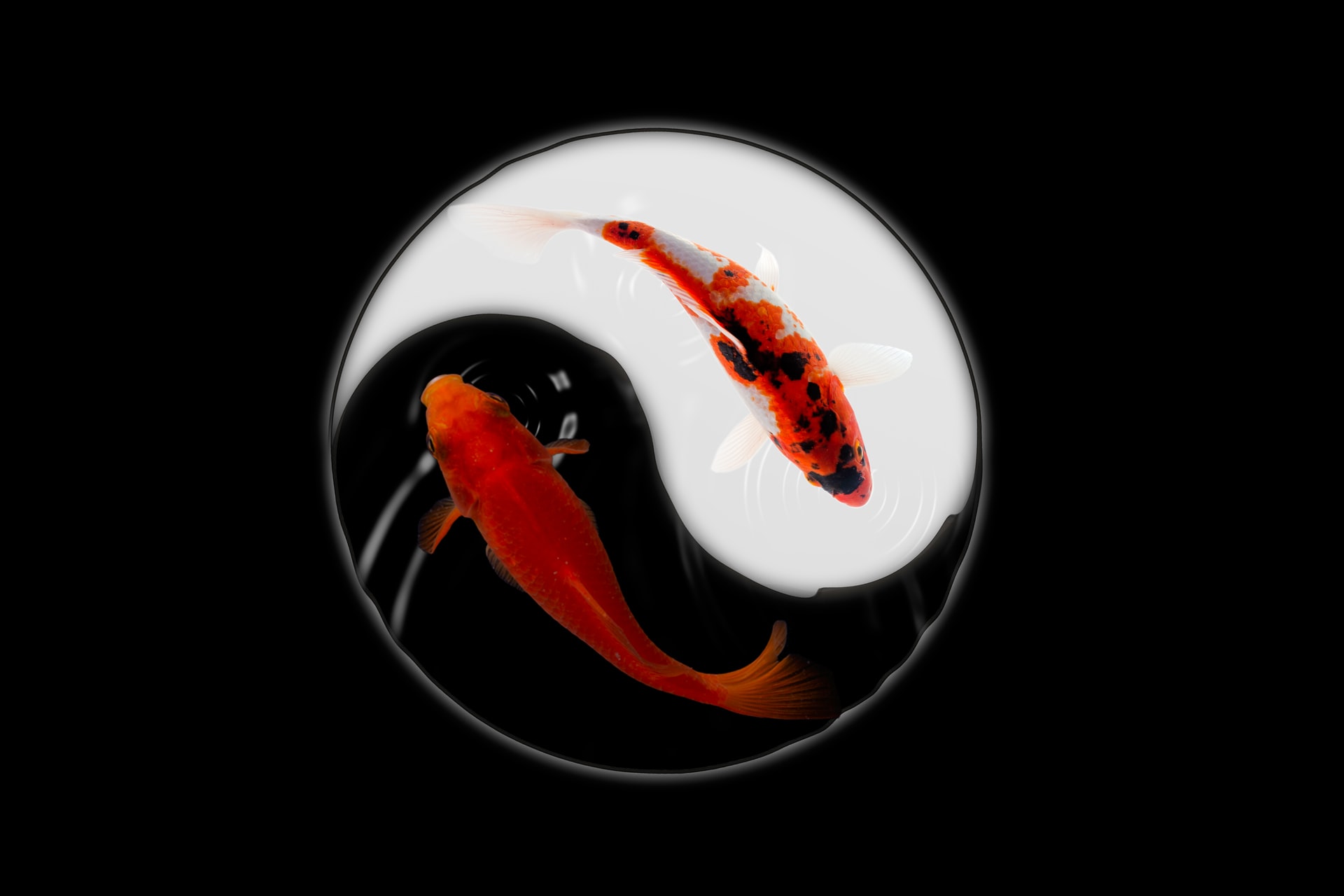The Taoist view of being reflects the eternal balance between chaos and order. The yin-yang symbol visually represents this dualist theme.
Intuitively, one might strive to minimize or eliminate chaos, but the Dao-centric worldview directs us against that. Instead, it encourages achieving a balance between the two opposing states. Too much chaos can be stressful and unhealthy, if not outright dangerous. Too much order and structure are dull and could also stifle the challenges we need to grow and succeed.
I had a conversation recently with author and neuroscience educator Ellen Petry Leanse about this balance. She said she had also been focusing on this duality in cognitive science. Along with many scientists and doctors, she believes our two opposing hemispheres map closely to chaos vs. order paradigm. She also believes that in modern western society, we have prioritized the left brain and its focus on certainty and structure to the degree it is counterproductive.
Leanse is in good company. Dr. Iain McGilchrist is a psychiatrist, writer, and former Oxford literary scholar. He is also the author of The Master and his Emissary, which details how the right hemisphere is primarily exploratory and opens us up to possibility. McGilchrist and Leanse see a world where prioritizing formal mathematics, language, and quantified science has increasingly relegated right-brain thinking (the rightful “master”) to a subordinate position in our day-to-day lives. In contrast, the left hemisphere perceives the world as “static, separable, bounded, but essentially linear and reductive.”
McGilchrist says while the left side of the brain is specific, certain, and closed, the right brain is specialized for “the live, complex, embodied, world of individual, always unique beings, forever in flux, a net of interdependencies, forming and reforming wholes, a world with which we are deeply connected.” While that hemisphere may not be great at solving math problems, it is more adept, system-oriented, and capable of dealing with a messy, chaotic world.

There is compelling evidence to suggest the abilities of the right brain are broader and more vigilant than that of the left. Italian researchers discovered that stroke patients who had suffered damage to the right side of their brains (and only had the left side to depend on), could only name buildings on the right side of a familiar street scene researchers asked them to visualize. Those with profound left-brain damage (thus, depending on the right brain) could name all the buildings. Dr. Jill Bolte Taylor, a Harvard neuroanatomist, one of TED’s top speakers, is the author of a breakthrough new book on the hemispheres. She is also the survivor of a debilitating left hemisphere stroke. Her work supports her story with both research and personal experience that compellingly illustrates the roles of the hemispheres — and the price we pay for moving increasingly toward a left-brain-oriented world.
Assuming we live in a world where years of education and work have us inordinately focusing on left-brain efforts, what can we do to better activate and engage the right sides of our brains? Experts prescribe several activities that can help balance brain activity. One is meditation. Multiple studies have found a greater degree of right hemisphere activation for those who regularly meditate than those who don’t. Creative efforts like drawing and playing a musical instrument are also recommended. Another recommendation: unplug from whatever the linear, answer-centric, or result-oriented tasks tend to occupy more and more of our professional and personal time.
You may experience some difficulty as you experiment with this shift — after all, the brain is inherently a survival mechanism that wants nothing more than to keep you surviving by doing more of whatever it’s become accustomed to doing already. Yet, ironically, as Leanse, McGilchrist, and Bolte Taylor agree, linear drive is threatening our very survival on a larger scale.
Whatever approach you take, I encourage you to “rebalance” your mind and embrace the non-verbal, chaotic, ill-defined aspects of the world we live in and integrate them into your experience. ■










